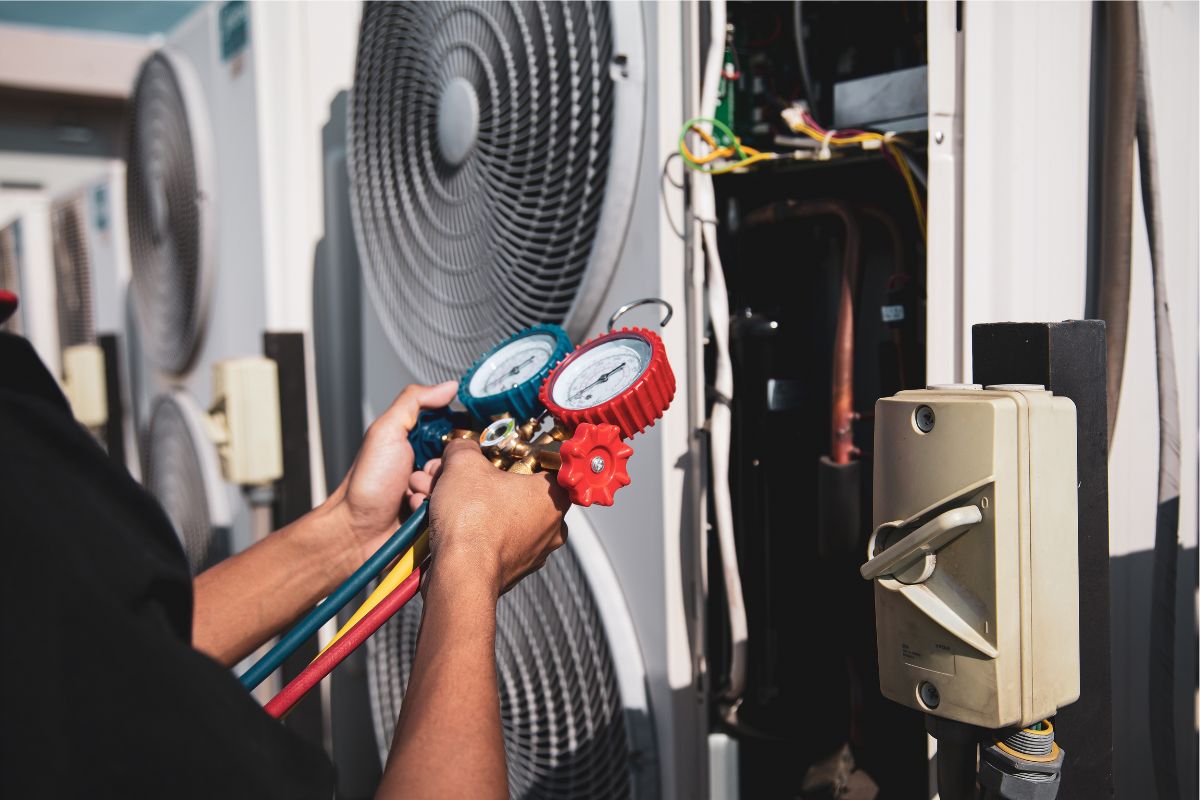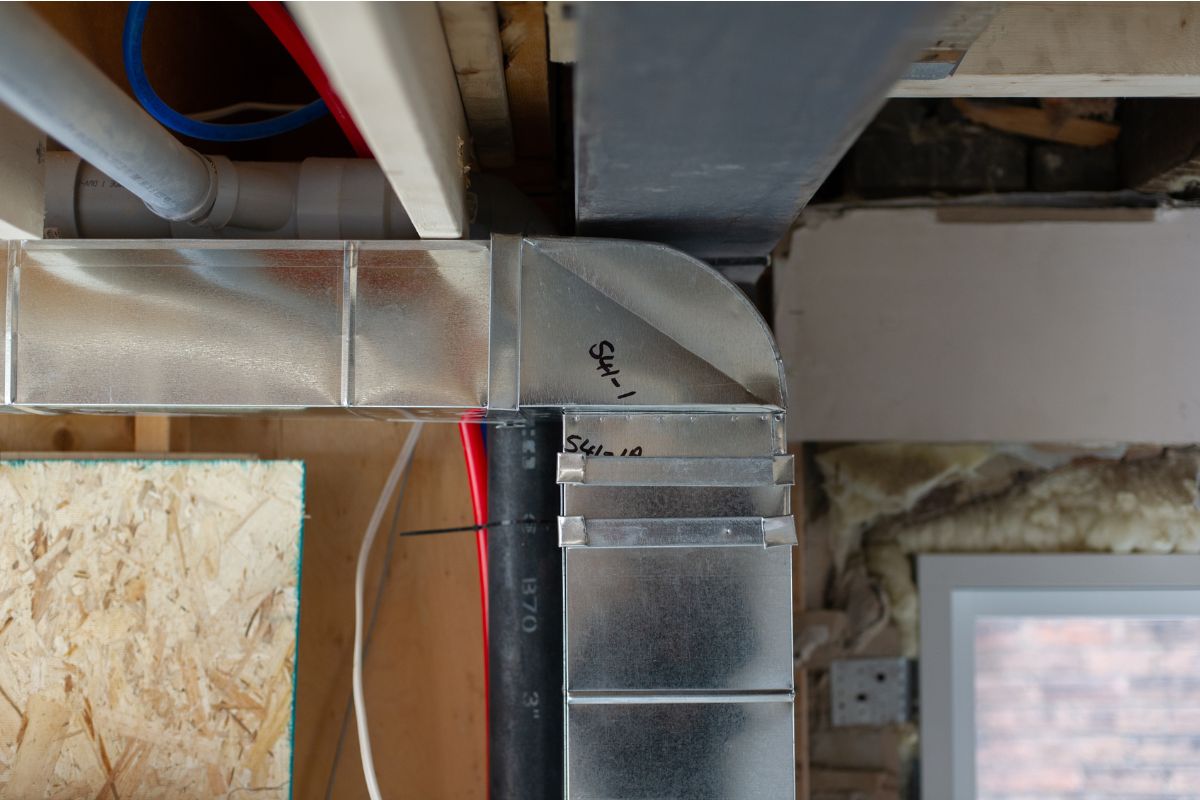If you’re an HVAC professional, building manager, or sustainability enthusiast, you’ve likely heard the buzz about R-454B refrigerant. But what makes it so special, and how can you seamlessly transition to using it? This guide aims to answer all your questions and help you make an informed decision for a more sustainable future.
Why R-454B Matters

R-454B is not just another refrigerant; it’s a necessity in light of the American Innovation and Manufacturing (AIM) Act. Developed to replace traditional refrigerants like R-410A, R-454B offers significant environmental benefits. With a lower Global Warming Potential (GWP) of 466 compared to R-410A’s 2,088, switching to R-454B is a step towards reducing your carbon footprint.
For HVAC professionals, this means not only aligning with global sustainability goals, but also future-proofing your business against upcoming regulations that will phase out high-GWP refrigerants. Building managers can look forward to more efficient systems that are both eco-friendly and cost-effective in the long run.
Environmental Benefits
Switching to R-454B isn’t just about compliance; it’s about making a positive impact on the environment. With their high GWPs (the combination of the gas’s absorption and how long it remains in the atmosphere), traditional refrigerants like R-410A contribute significantly to global warming. With countries worldwide pushing for stricter environmental regulations, the HVAC industry must adapt.
R-454B stands out due to its low GWP, which means less harm to the atmosphere. Furthermore, its energy efficiency leads to lower electricity consumption, reducing greenhouse gas emissions from power plants. For sustainability enthusiasts, this switch signifies a move towards a greener, more responsible future.
Transitioning to R-454B
Switching to R-454B involves more than just replacing the refrigerant. Here are some crucial steps to ensure a smooth transition:
- Compatibility Check – Before making the switch, verify that your current HVAC systems are compatible with R-454B. Some older systems may require retrofitting or upgrades to handle the new refrigerant.
- Safety First – Safety should always be a priority. R-454B is mildly flammable, so it’s essential to follow safety guidelines and use appropriate equipment during installation and maintenance.
- Training and Certification – Ensure that your team is trained and certified to handle this refrigerant. This includes understanding the refrigerant’s properties, handling procedures, and safety precautions.
By following these steps, you can ensure that the transition is smooth, safe, and efficient, minimizing downtime and maximizing benefits.
The Future of R-454B and Sustainable Refrigerants
Regarding the future of climate-based legislature, the adoption of R-454B is just the beginning. The HVAC industry is on the cusp of a green revolution, with sustainable refrigerants playing a pivotal role. Governments and regulatory bodies worldwide are incentivizing the use of low-GWP refrigerants, pushing the industry towards greener alternatives.
In the coming years, we can expect further advancements in refrigerant technology, making HVAC systems even more efficient and environmentally friendly. Staying ahead of the curve by adopting R-454B now can position your business as a leader in sustainability.
Servicing Your R-454B Needs with Air Ideal
In conclusion, the switch to R-454B offers numerous benefits, from environmental sustainability to cost savings and improved efficiency. For HVAC professionals, building managers, and sustainability enthusiasts, this transition is a crucial step towards a greener future.
With the AIM Act in effect, it’s important for NYC facility managers and business managers to take control of their HVAC situation. Don’t get left behind when it comes to the legislature — let Air Ideal assist with your R-454B needs today. To learn how we can do so, please visit our website and get in touch with us today.



